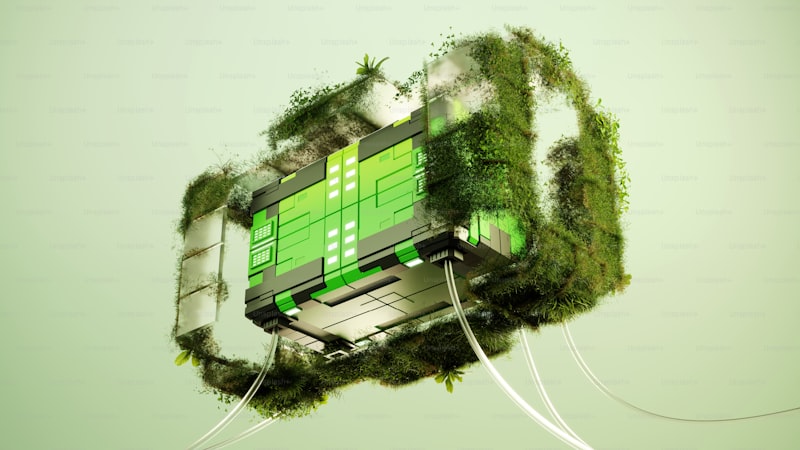Balancing Traditional and Contemporary Elements: A Harmonious Approach to Design
Introduction
In today's fast-paced world, the integration of traditional and contemporary elements in design has become increasingly important. This convergence not only captures the essence of culture and history but also addresses modern needs and aesthetics. This article aims to explore various aspects of balancing these two design philosophies, providing insight into their significance, examples, and practical tips for achieving a harmonious blend.
The Importance of Balancing Traditional and Contemporary Design
Balancing traditional and contemporary elements is essential for several reasons:
- Cultural Preservation: Incorporating traditional elements into modern designs helps preserve cultural heritage and promotes appreciation of history.
- Modern Relevance: Contemporary designs often focus on minimalism and functionality, which can sometimes neglect the rich stories told through traditional craftsmanship.
- Aesthetic Appeal: A harmonious blend of both can create visually striking spaces that evoke emotions and tell a story.
Examples of Balancing Traditional and Contemporary Elements
Several fields showcase the effective integration of traditional and modern elements:
| Field | Example |
| Architecture | The Sydney Opera House combines contemporary design with traditional influences, creating a landmark that resonates with both modern and historical significance. |
| Fashion | Designers like Dolce & Gabbana often draw upon traditional Italian patterns and fabrics while incorporating modern cuts and designs. |
| Interior Design | Mixing vintage furniture with contemporary decor items allows for personalized spaces that tell a unique story. |
Key Principles for Achieving Balance
When striving to balance traditional and contemporary elements, consider the following key principles:
1. Understand the Essence of Each Style
Before merging traditional and contemporary elements, take time to understand their individual characteristics. Traditional design often emphasizes handcrafted details, historical significance, and cultural narratives. In contrast, contemporary design prioritizes simplicity, functionality, and innovation. Understanding these fundamental differences will aid in finding a balance that respects both styles.
2. Layering Textures and Materials
One effective way to combine traditional and contemporary designs is by layering textures and materials. For example, pair a rustic wooden table with sleek metal chairs. Such contrasts can create depth in design and enhance the visual interest of the space.
3. Use Color Wisely
Color plays a crucial role in the perception of a space. Traditional color palettes often feature earthy tones, while contemporary designs may embrace bolder choices. Finding a middle ground by incorporating a mix of both can tie together various elements without overwhelming the senses.
4. Focus on Functionality
While traditional designs might prioritize aesthetics, contemporary design champions practicality. Ensure that any blend of styles maintains functional flow within the space, making it comfortable and inviting for everyday use.

Challenges of Balancing Traditional and Contemporary Elements
While merging these two styles carries numerous benefits, some challenges may arise:
- Clashing Aesthetics: Without proper planning, traditional and modern elements may conflict, leading to visual chaos rather than harmony.
- Misinterpretation of Culture: There is a risk of cultural appropriation if traditional elements are employed without understanding their significance.
- Overwhelming Spaces: Incorporating too many elements from both styles can make a space feel cluttered and disorganized.
Tips for Successful Integration
To overcome these challenges, consider the following tips:
1. Conduct Thorough Research
Before committing to a design, research traditional elements from different cultures and their significance. Understanding their context will ensure that your design is respectful and authentic.
2. Create Mood Boards
Mood boards can visually represent how traditional and contemporary elements will coexist in a space. Use samples of materials, colors, and layouts to envision the final look and feel.
3. Seek Professional Guidance
If balancing these elements feels overwhelming, seeking guidance from design professionals can provide valuable insights. They can help you create a cohesive vision that respects both styles.
Applications in Various Realms
Balancing traditional and contemporary elements is not confined to one specific field. Here are some applications across different realms:
Architecture
In architecture, merging traditional styles with modern techniques can lead to innovative and sustainable structures that embody a community's identity. An example is the Eco-Resort in South Africa that utilizes traditional construction methods to minimize environmental impact while offering modern amenities.
Art
Artists can incorporate traditional techniques, such as woodblock printing, into contemporary art forms to create pieces that reflect a dialogue between past and present. Artists like Kehinde Wiley, renowned for his vibrant portraits, blend historical motifs with modern subjects.
Culinary Arts
Restaurants are increasingly blending traditional recipes with contemporary presentation. Fusion cuisine, which combines elements from different culinary cultures, exemplifies this trend. Chefs experiment with flavors to create dishes that honor their roots while appealing to modern palates.
Conclusion
Balancing traditional and contemporary elements is an art that requires thoughtful consideration of culture, aesthetics, and functionality. By understanding the essence of each style and carefully integrating them, one can create powerful designs that resonate with both history and modernity. Always be mindful of cultural significance to ensure a respectful representation. Embrace the journey of creating spaces that tell stories, evoke emotions, and further enrich our understanding of design.
Suggestions for Further Exploration
As you embark on this journey, consider exploring additional topics such as:
- The impact of cultural appropriation in design.
- How technology influences modern design.
- Trends in sustainable design incorporating traditional methods.